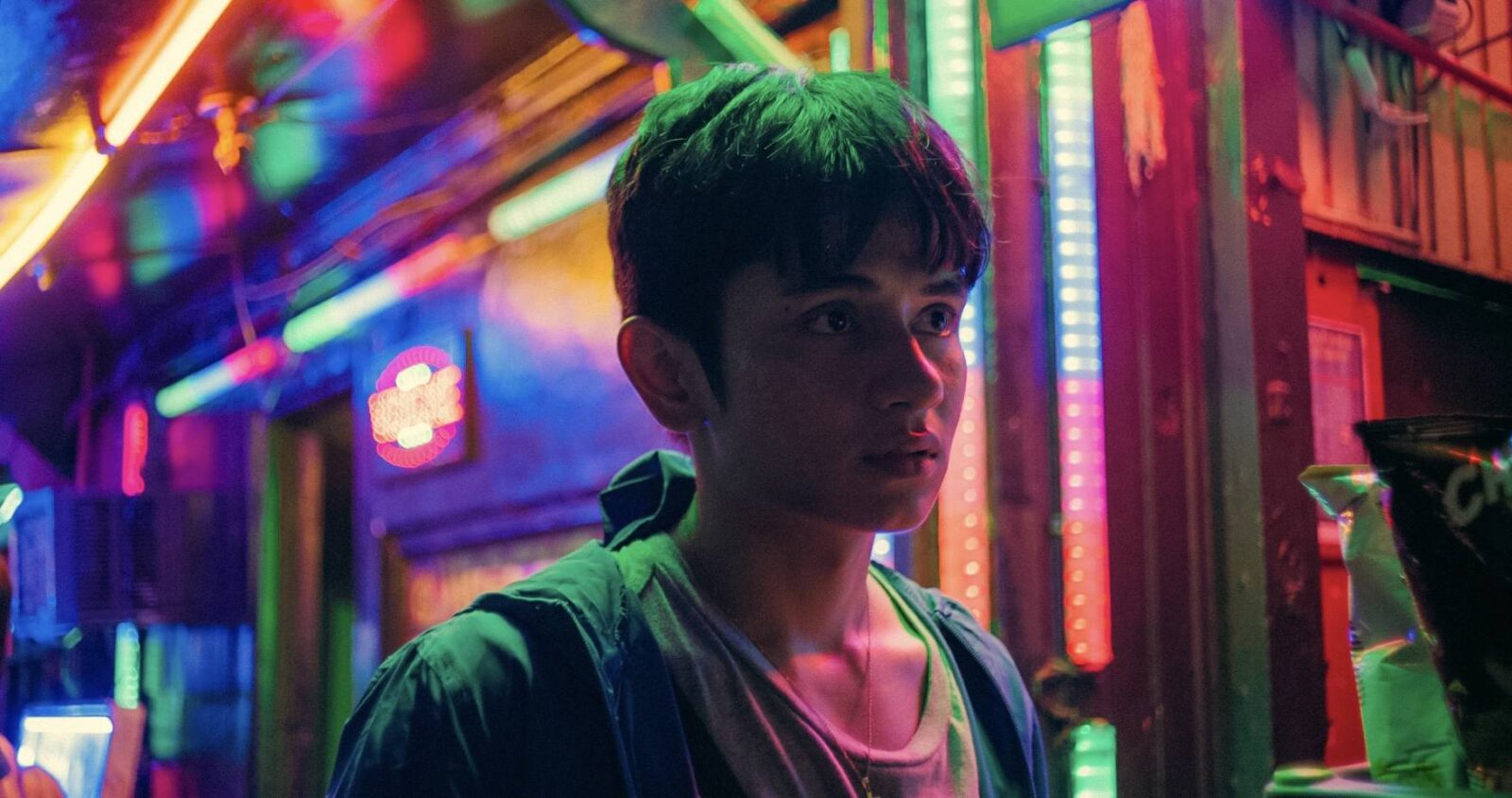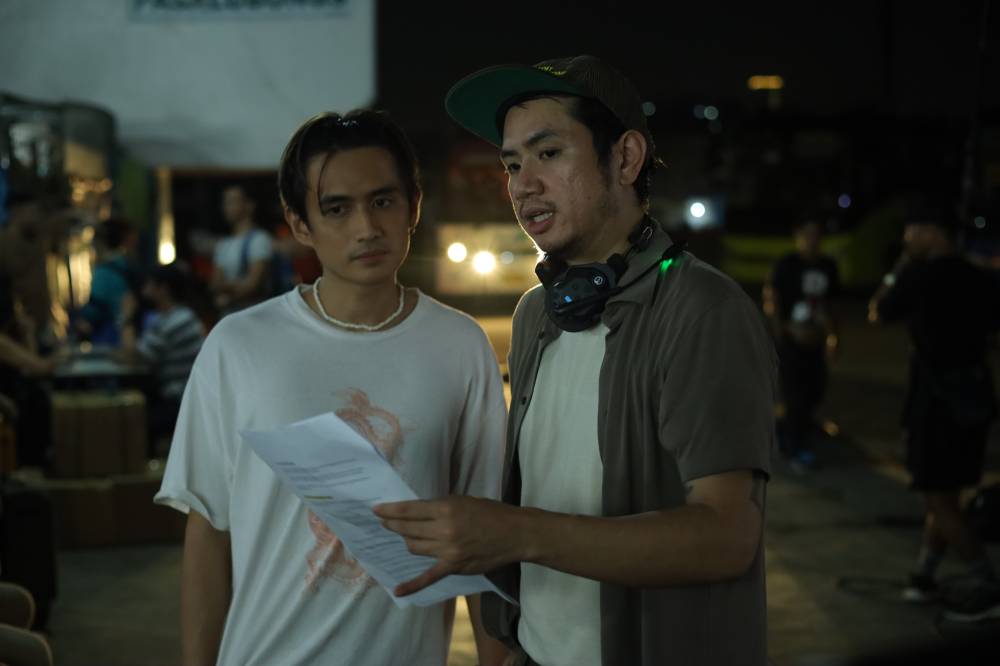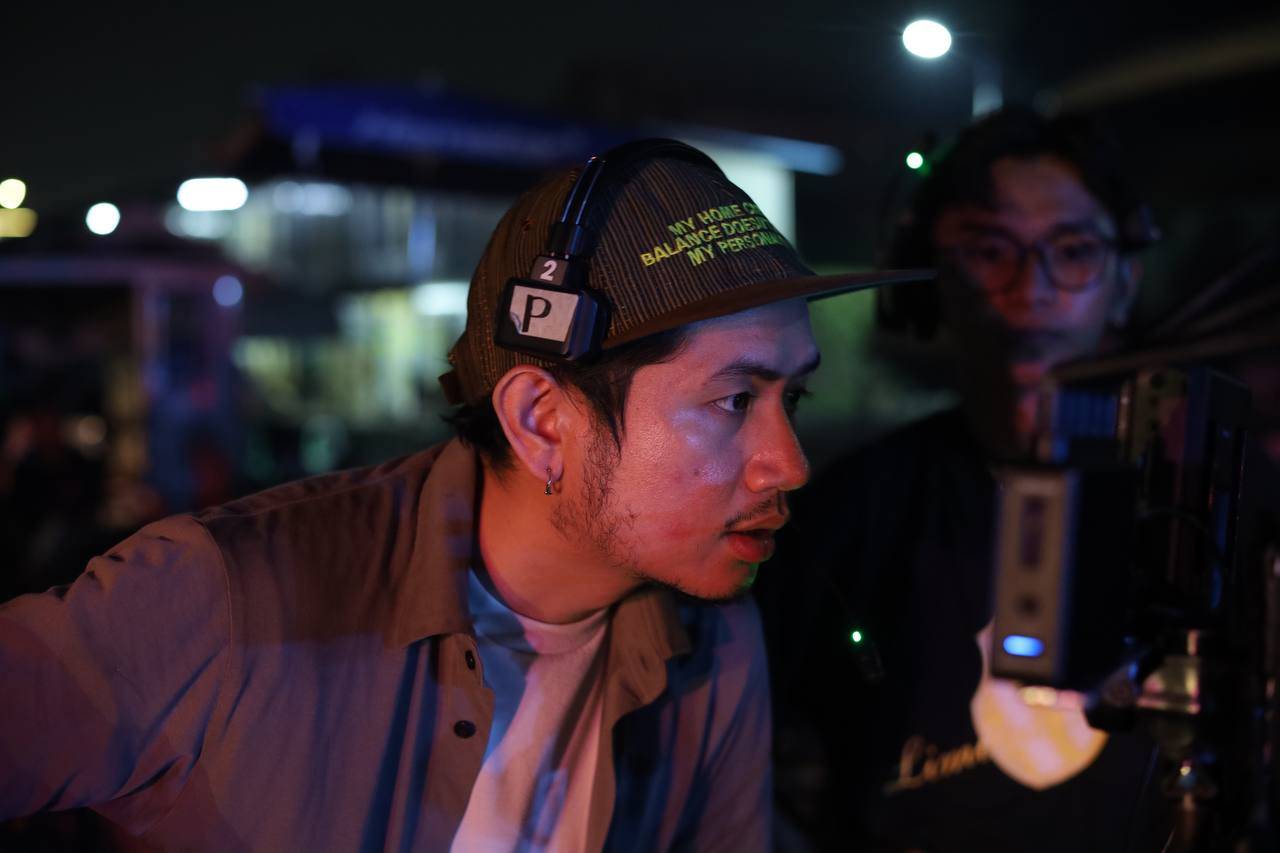Some nights, we have to watch Petersen Vargas’ modern queer masterpiece

August 21 was a holiday—Ninoy Aquino Day—so the Manila traffic was light and fast. From Makati, I had to take an MRT to Cubao station, and then the MRT-2 to Recto. At almost every station, I noticed more and more queer people entering the train, the fashion and style getting louder and prouder as we went by.
I knew where they were going, as we were all heading to Isetann (in front of Recto station) for the premiere night of Petersen Vargas’ latest film, “Some Nights I Feel Like Walking.”
From legacy to screen
The premiere was held at Isetann, a cineplex famous for creating a space for queer independent films during the early 2000s. Vargas wanted it to be a tribute to the cinema’s relationship with independent Filipino queer cinema, while immersing the audience, somewhat, into the world of the film.
Some of the people I was on the train with darted into the lavatory, only to emerge in full drag, wig and all. Outside the theater, a karaoke machine was up and on full volume and a tiny ukay-ukay display was set (I didn’t check if it was just a display or if the items were really on sale). A massage station was even present there.
These all reference “Some Nights I Feel Like Walking,” a film about young street hustlers who have to survive in Manila while being disenfranchised by society. We follow Zion, a young runaway, and Uno, a leader of a small band of experienced street hustlers, as they form a connection strong enough for Uno to sort of take Zion under his wing. But this ends quickly, as one of Zion’s friends dies due to an overdose. Zion and Uno—along with the rest of Uno’s group—decide to carry out the last wishes of the deceased, Miguelito, and bring his body to the province where he can be buried in his hometown.

A symbolic retelling
What Vargas achieves in this film is a tapestry of dream-like images, superimposed upon a nightmare of a city that holds no safe space for outcasts like Zion and Uno and people like them. This is not just about queer people or sex workers; the characters become symbolic of everyone else on the fringes, everyone the majority deems as an outsider.
But for all the grit and grime that Vargas captures in his lens, it’s never not beautiful. There’s so much character in the way he frames the city, and he lets the nuances and textures play out in every scene. The locations, the character dynamics, the social dynamics—they are all front and center for us to absorb in this heartbreaking tale not just about grief and loss, but also about resilience and the importance of a community.
“Even up to now, queer people or people we deem as outcasts or outsiders of society… sila-sila pa yung nag-ta-try na bumuo ng safe spaces for themselves just so that they can find their own tribe, their own people,” explains Vargas when asked about his thoughts about the lack of safe spaces that I felt the film explores.
He talks about how his own family, “very Catholic and a family of soldiers,” referencing them as a source for how he approached the work. He talks about his aunt who raised him and her brother, both high-ranking officers in the army, and says, “It was a rigid household for me to find my own shape and find my own identity.” He also shares that he found his tribe in places where other people were also looking for “that other version of family.”
“So for this movie, I even go the next step,” he continues, “where it’s the kind of people who are always judged and people assume that there are no emotional sides to these characters. And I wanted to tell a story where what is at the forefront is this shared vision of family—this shared version of brotherhood, or even of love, no matter what kind of love that is.”

Your reaction matters, too
The film hits its mark. The applause and the cheers from the premiere audience were loud and moving. When the emcee asked Vargas and his cast to stand and take a bow, everyone clapped louder and cheered harder. The whole cinema was abuzz.
Aside from the film’s beautiful take on the importance of community and the found family, “Some Nights I Feel Like Walking” is also a brilliant cinematic work that boasts of great cinematography (by Russell Morton, no less), music, and sound design. The film even boasts of an epic 20-minute long take at the finale that cuts across space, crowds, emotions, and a flame both literal and metaphorical.
The audience’s appreciation is important to Vargas. “Some Nights I Feel Like Walking” debuted at 28th Tallin Black Night Film Festival 2024 and made the rounds, such as the Taipei Golden Horse Film Festival, Singapore International Film Festival, and the BFI Flare: London LGBTIQ+ Film Festival, amongst others. Vargas missed the film’s screening at the Rainbow QC Pride Film Festival last June, so the premiere was his first time to watch it with a homegrown audience.
“I was so emotional,” he tells me after the premiere. “I feel like this was the most emotional I’ve been in a screening because I feel like I was at the right place as I watched the film and I felt the energy of the audience… it feels right to watch it with a Filipino audience.”
I then ask Vargas how is it different from watching this movie in an international film festival with an international audience. “It was more pressure,” he answers, as he always assumed that the global festival audience would be a “brutal audience.”
He kept asking: “Will they get it? Will they get the context?” But with a local crowd, there was none of that at all. “I was just feeling the film,” he finishes.
And what a feeling that must be.

On changing feelings and a changing world
The feedback since the premiere has been strong, hoping to build momentum for its Aug. 27 opening day. The film only has a limited release and with an R-18 rating (with no cuts), it decreases the amount of theaters it can hold. The film needs a strong early turnout to be able to extend beyond their limited release.
But more than the daring and the controversial images of the film that the trailer suggests—sex work, violence, a dead body, and queer love—there’s so much more deep down within the structure of “Some Nights I Feel Like Walking.”
“I’ve been with this film for eight years,” Vargas explains, when talking about what prompted this material and how it has changed over time. “I think I was really affected by what was happening back in 2016. That’s why the first versions were more, I would say, physical? We were approaching the story in a much more physical way.”
But as he kept developing the script, taking it to film labs and such, the world around him started to change as well. “We could arguably say the world got darker,” he adds. “And in a way, when I was writing the shooting script for this—which was in 2023—the film evolved from being this physical reflection of what was happening into something more spiritual.”
“Now, the grief is not as violent or immediate. The grief is inside us. The grief is metaphysical. The grief is felt. I felt like in order for this film to be true to the time that I was shooting it, it had to be something beyond the realm of the physical,” he ends.

















